There are a lot of things that can go wrong when you’re trying to catch a trout. Tangled lines, snagged branches, improperly tied knots can all get in the way of a fish making its way into your net. But, more often than any of these problems, we encounter this one the most: Not getting your fly deep enough in the water column.
This could be for a few reasons. First, it looks way sexier to throw a dry fly 50 feet using an overhead cast, à la A River Runs Through It. But, it also takes commitment to go deep. You need to spend the time rigging the perfect setup, test it, and then make adjustments when needed. It’s a lot of work, but so is whipping your line over your head for four hours straight without a bite.

In other words, if you want to catch more fish, you need to fish deeper. It’s every experienced angler’s little secret. It’s not the cast or the fancy waders or the well-manicured sideburns. It’s about putting the fly on or near the bottom, where trout do most of their feeding. So, with that in mind, here are seven ways for you to get your fly deeper in the water column.
Fly and Indicator Height
Probably the first thing you should look at is the distance between the bottom of your rig and whatever’s going to be floating on the surface. For example, if you’re fishing with an indicator (no judgment here), then the distance between the end of your rig and your indicator will be the maximum depth, not including the angle created by drag in the current.
Or, if you’re a purist and free-float your nymphs, you’ll have to do a little more guesswork as to how far your line is sinking. It comes down to water current, the weight of your flies, and how you’re holding the rod. In either case, if you’re fishing nymphs, you should feel your line bumping across the rocks on the bottom of the river or stream. If not, go deeper. Sometimes it seems as if anglers are just wishing their flies would get deeper, but if you’re fishing a three-foot rig in four feet of water, then it’s simply not enough.
Split Shot and Bead-heads
Now, if your rig is long enough and you’re still not getting to the bottom, it’s probably because the current is too swift and/or your flies are too light. If you’re flexible on fly options, then you could try putting a bead-head nymph on your rig, either as the highest fly in a dropper setup or as a solo option. This is probably the simplest resolution, but also not great if you need a specific fly to present to the fish.
If that’s the case, then it’s time to start thinking about split shot. While you are adding substantial weight to your setup, using split shot gives you the ability to throw just about any fly you’d like at any depth. There are plenty of ways to rig up split shot, with the most common being a few inches above your highest fly in a dropper rig or as the lowest point in your rig. In either case, you should be occasionally snagging rocks on the bottom or you’re probably not deep enough.
Ditch the Indicator
Indicators can be a great tool for many anglers, but they can also be a crutch, too. If you’re unwilling to add weight or the water is just too deep for you to get your fly down, then it’s time to ditch the bobber and go freeform. This will allow you more control over your line and the ability to go deeper more quickly. Plus, you’ll learn the art of watching your fly line and using feel to detect subtle strikes. You’ll be better off for it.
Dropper Combos
One of the most time-tested techniques for getting flies deeper is the dropper rig. Whether you’re throwing a double-dropper, triple-dropper, or a quadruple-dropper (we’re not that crazy), the principle is simple: The more flies, the more weight, the deeper you get. Plus, you’re adding more targets for the trout to key in on, which in many cases will up your chances with every drift.

And, a quick note on droppers: Don’t be afraid to use a streamer as your top fly. This is a tried-and-true technique for many guides, but for some reason, it’s often unused by anglers. Not only are streamers heavy and great at dropping your drift; they’re also great at getting a trout’s attention and triggering a strike on your smaller nymph. It’s a deadly combination.
Use the Water
Here’s a thought: If your fly isn’t wanting to cooperate where you need it to drift, maybe you’re drifting it in the wrong place. There’s a certain go-with-the-flow mentality on the river, and the same goes for trout. Their food is drifting along the path of least resistance and the trout are going where the food is. So, more often than not, you should be drifting your fly where it wants to go.
So, start there, and then do what it takes to get your fly deeper. You’ll probably find that you don’t need to add as much weight as you think because your fly is being sucked into riffles, cut banks, and chutes—exactly where it needs to be. So, if you’re hesitant to add weight to your rig, try using the river’s natural resources. That’s certainly what the fish do.
Sinking Line
If you’re really dedicated, you can always reach for the sinking line. While this is generally used for streamers—which is also an option for trout—you can drift nymphs with a sinking line. Overall, it’s a pretty advanced technique because you need to be able to avoid snags as your line floats horizontally downstream, but can be very effective if you’re willing to practice and maybe lose a few flies in the process. But, if there’s a deep pool where you know a monster is lurking, then don’t be shy about using that sinking line with a big, nasty fly to get a strike.
What are some of your favorite methods for getting a fly down deeper? Drop your tips in the comments below!


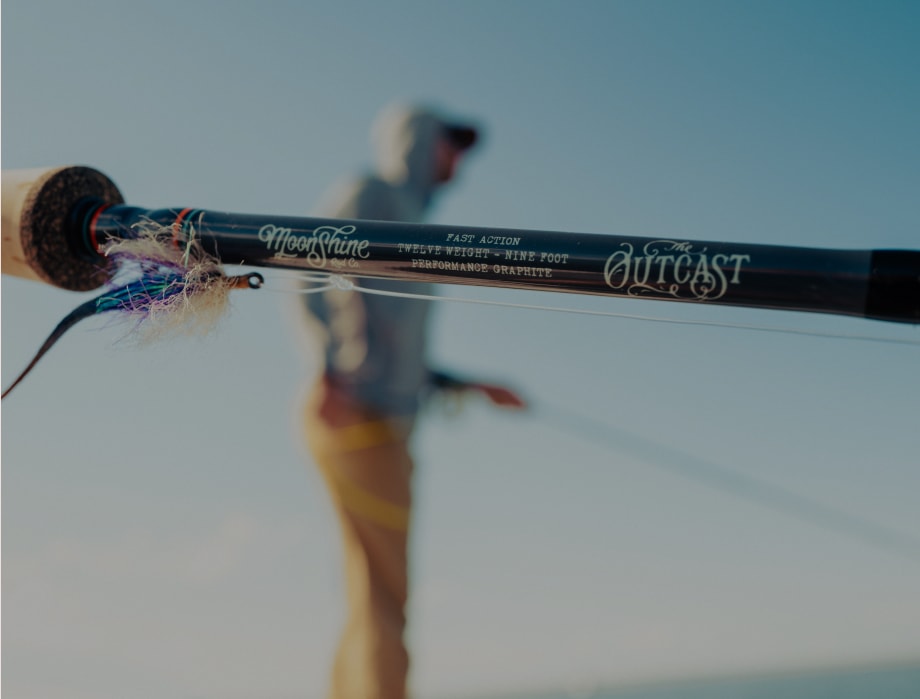
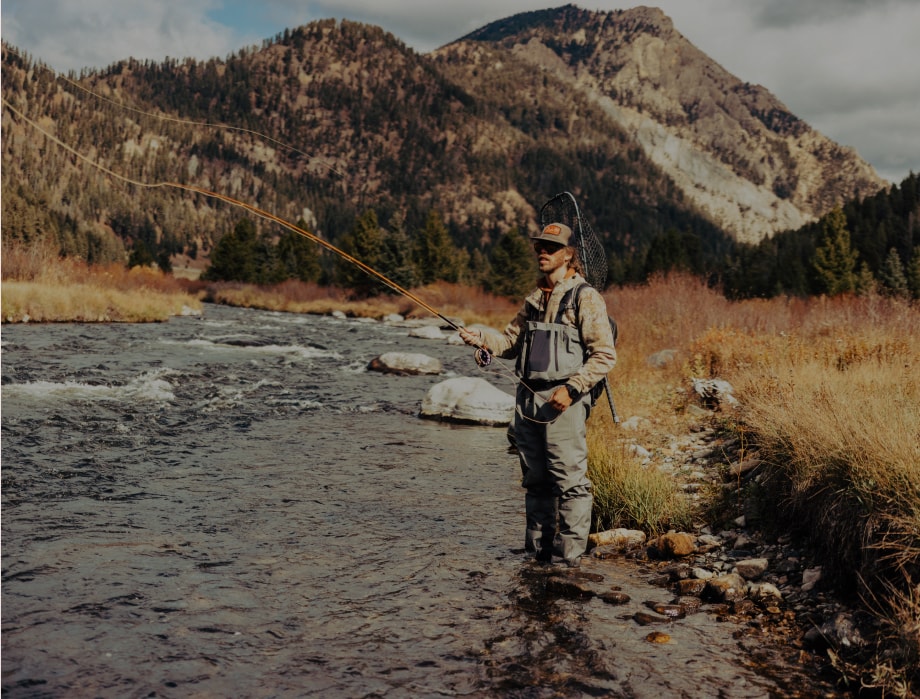
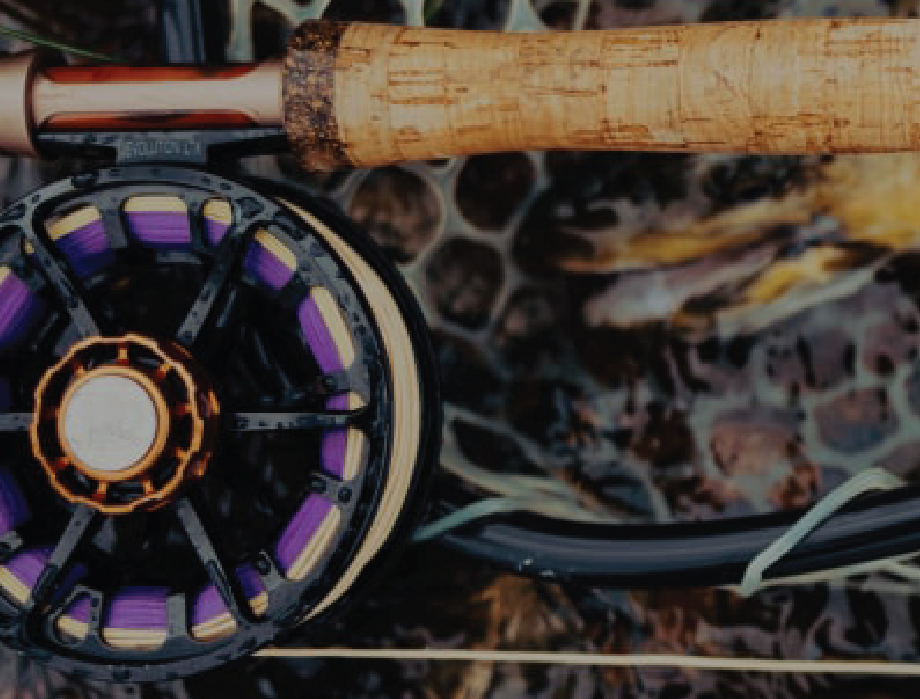


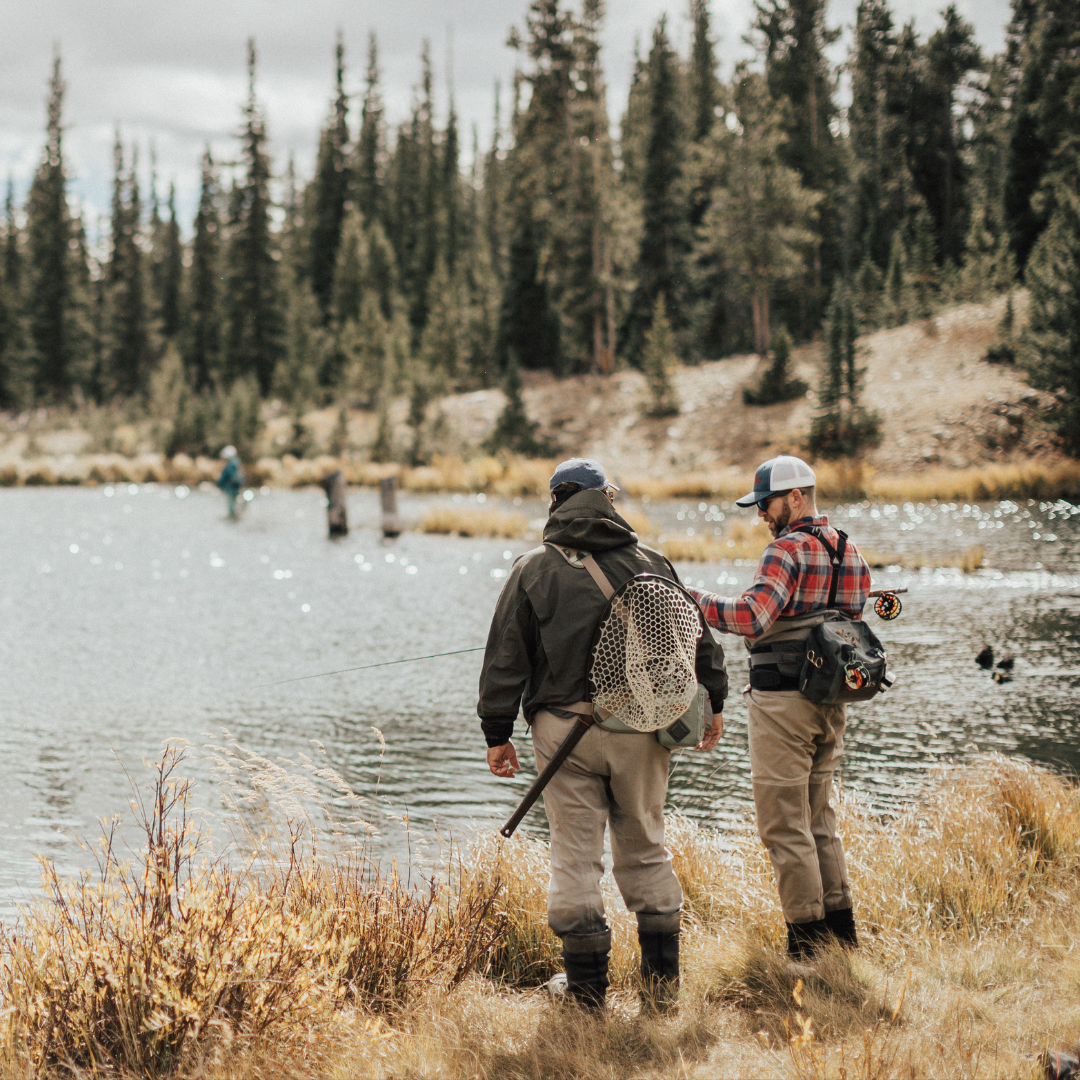
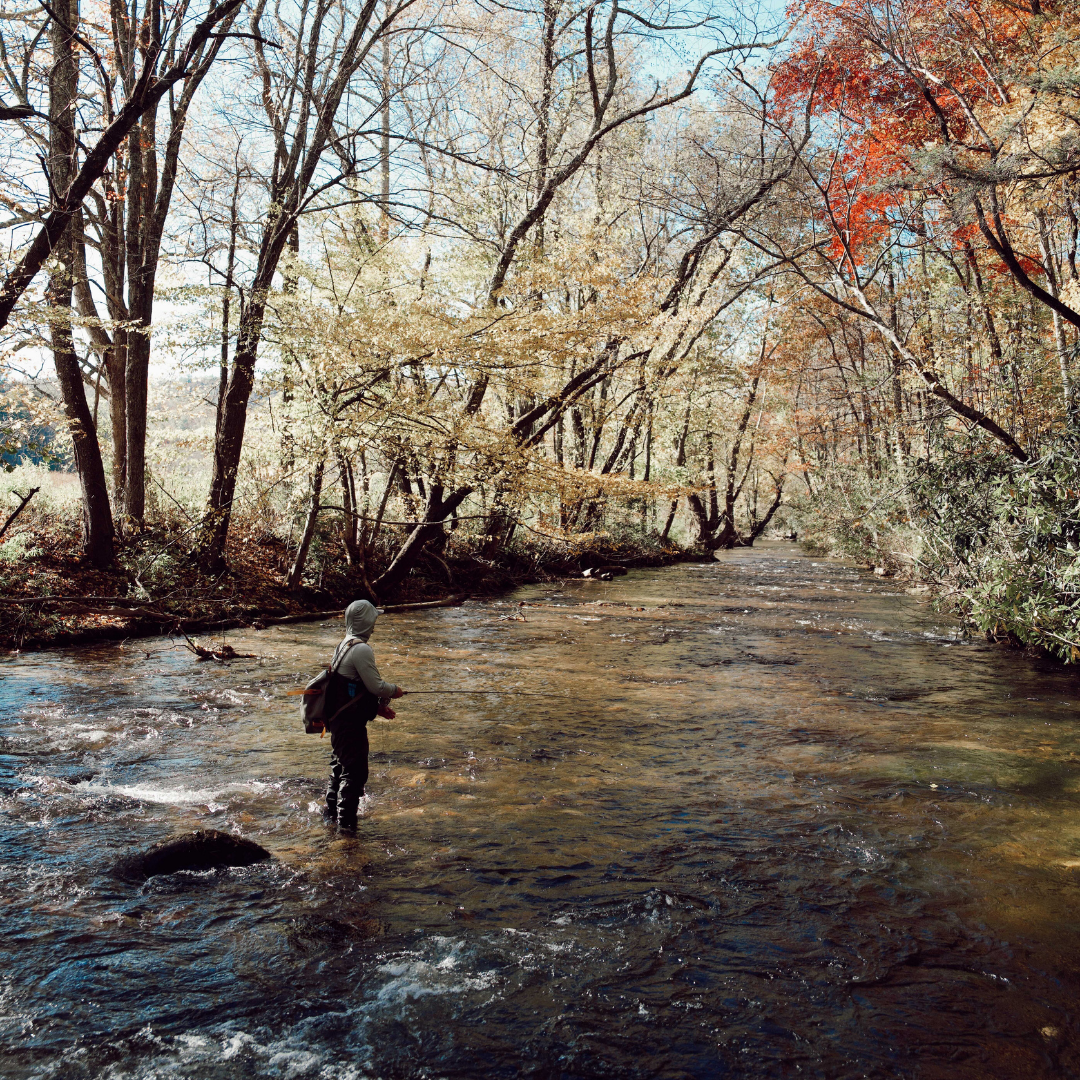
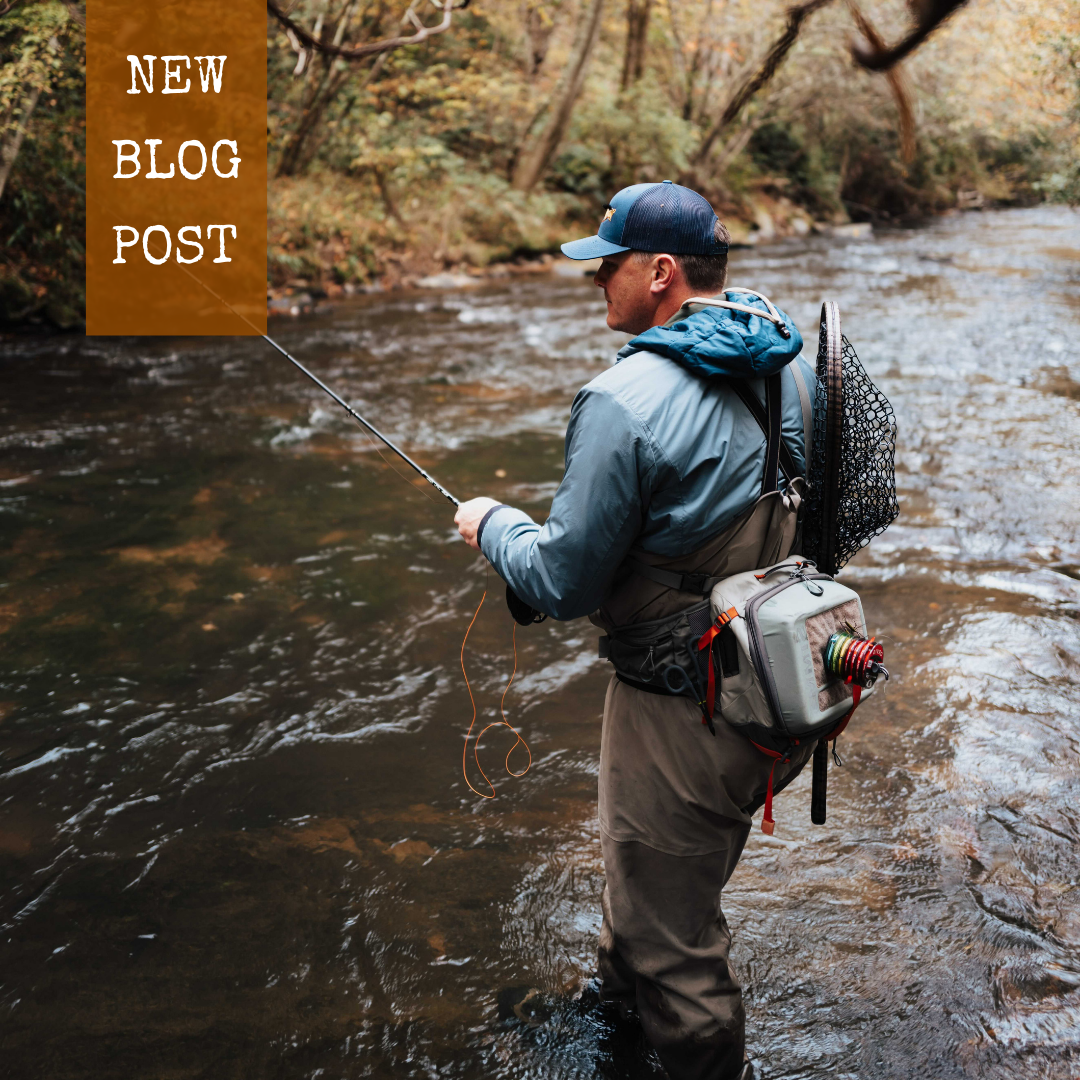
2 comments
Ken Petty
Another GREAT article. Full of good tips and advice. Thanks.
Cary Williams
good article..alot of good advice
Leave a comment
All comments are moderated before being published.
This site is protected by hCaptcha and the hCaptcha Privacy Policy and Terms of Service apply.